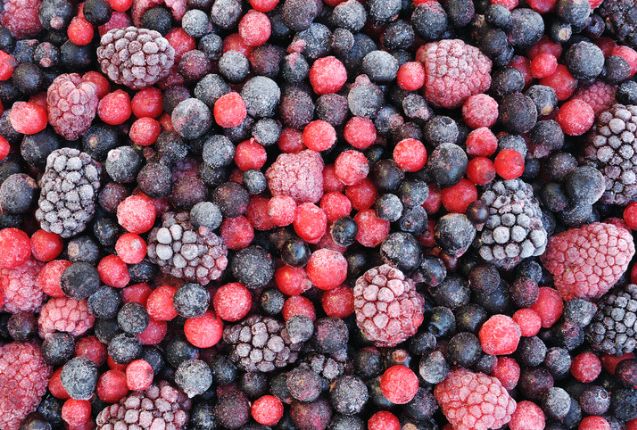The food price index, released by StatsNZ on February 14, shows food prices grew by 2.7 percent in January.
It marks the the biggest monthly increase in five years, after food prices grew by 2.8 percent in January 2017.
On an annual basis (January 2022 compared to January 2021), food prices were up 5.9 percent, the biggest increase in over a decade.
According to StatsNZ figures, higher fruit and veggie prices were the main contributor to the monthly rise, prices across these food groups increasing by 9.9 percent.
Fruit prices were up 2.7 percent. Veggie prices were up 5.9 percent.
Broccoli, lettuce, apples, strawberries and kiwifruit all cost more January compared to December. Prices for beans, grapes and courgettes were lower, partially offsetting price rises.
Meat, poultry and fish prices rose 3.6 percent over the month, grocery food prices rose 1.6 percent. Prices for non-alcoholic drinks rose 2.3 percent.
StatsNZ consumer prices manager Katrina Dewbury said food price increases were common in January.
But this January, “prices increased by more than usual”.
Talking to Newshub, Dewbury said of 162 food items StatsNZ collects data on, only 37 items dropped in price.
Bread, pasta products and yoghurt were among the food items showing small price falls.
“That’s quite a change from what we’ve seen previously…around 76 percent of all the items we collect [data] for increased,” said Dewbury.
Infometrics analysis shows food, a basic necessity, is costing the average household $364 more a year.
This increase, which amounts to around $7 per week, is based on the average weekly amount Kiwis spend on food, according to the StatsNZ Household Economic Survey. It includes food price increases, measured by the Consumer Price Index.
Kiwis are spending more time at home during the Omicron outbreak, some households stocking up ahead.
At the same time, higher input costs, transport and labour costs, are having an impact on supply.
“Fertilizer prices are up, as are other materials that food producers and manufacturers use. Transport costs have also increased, with container shipping costs still holding at eight times pre-pandemic levels, and fuel prices increasing further and further,” Olsen said.
“Difficulty finding labour is also hitting, with fewer truck drivers on the road than needed, and fewer workers in the primary sector all contributing to higher prices and sometimes lower volumes,” Olsen added.
While demand for food (and other goods) is heightened and supply limitations continue, food price rises are expected to continue in the short-term.



